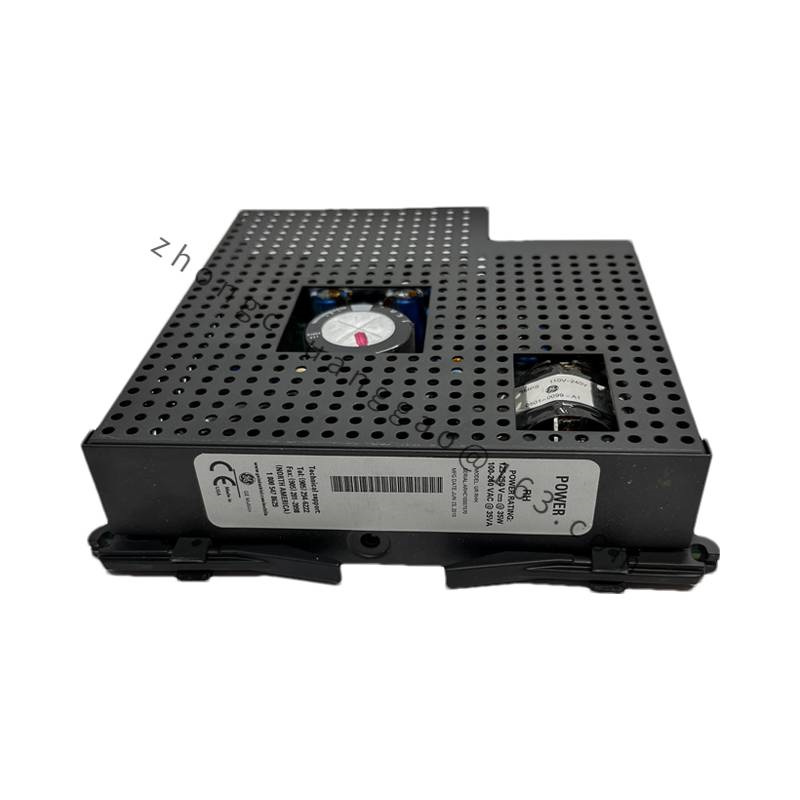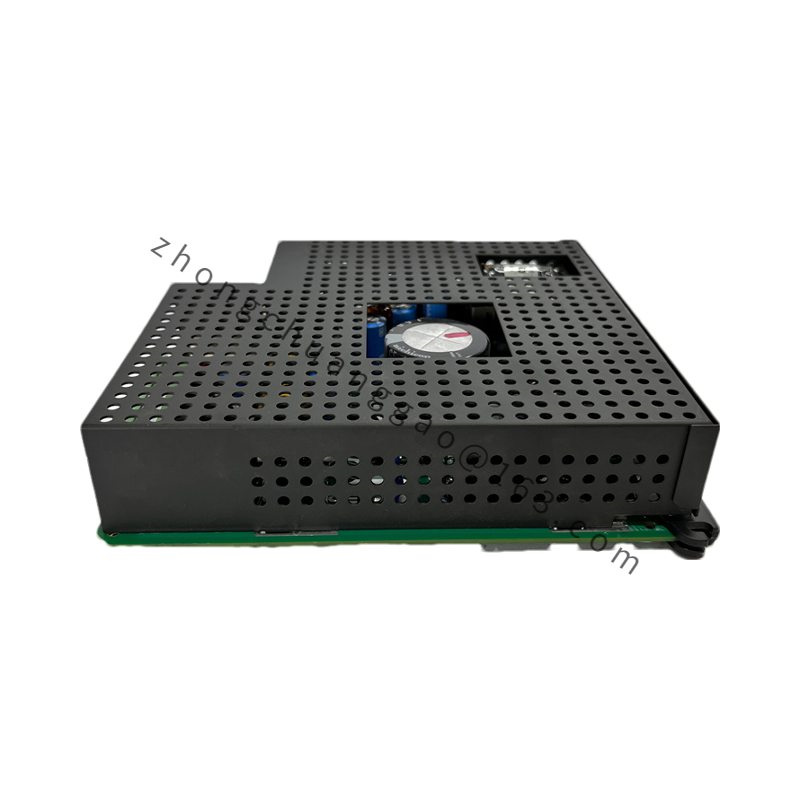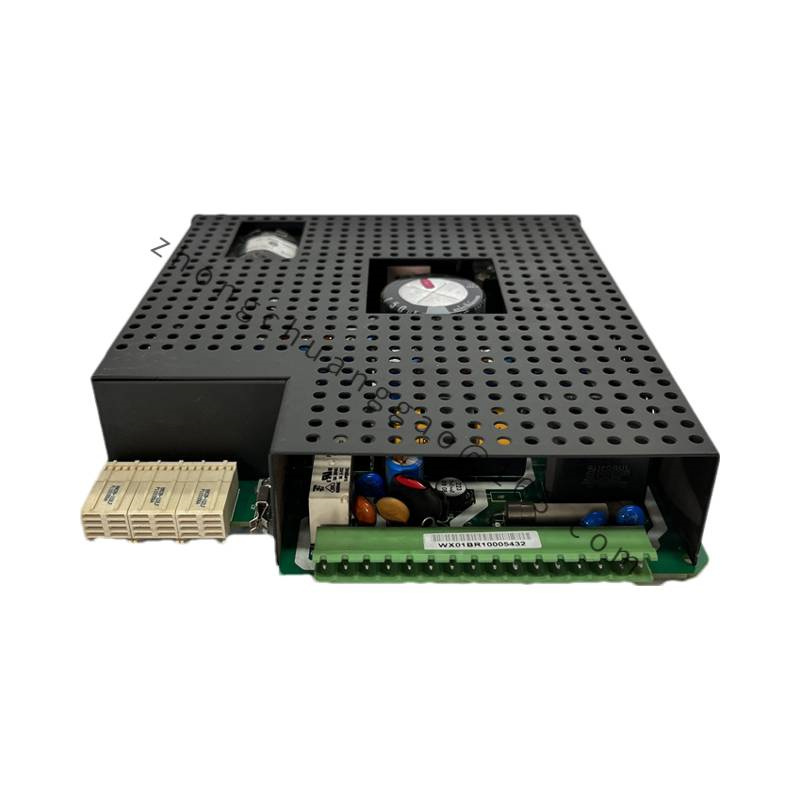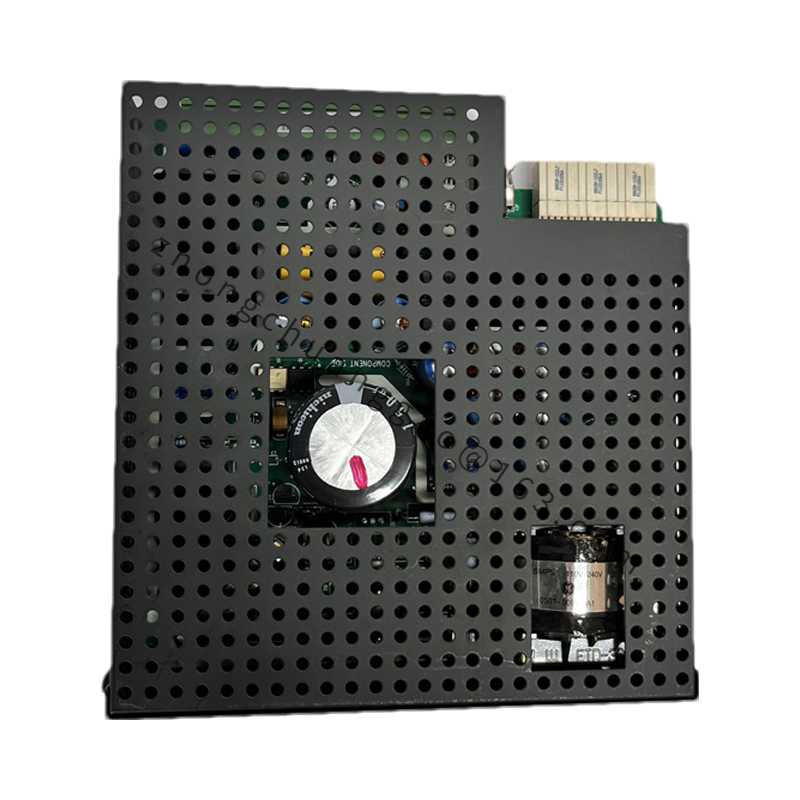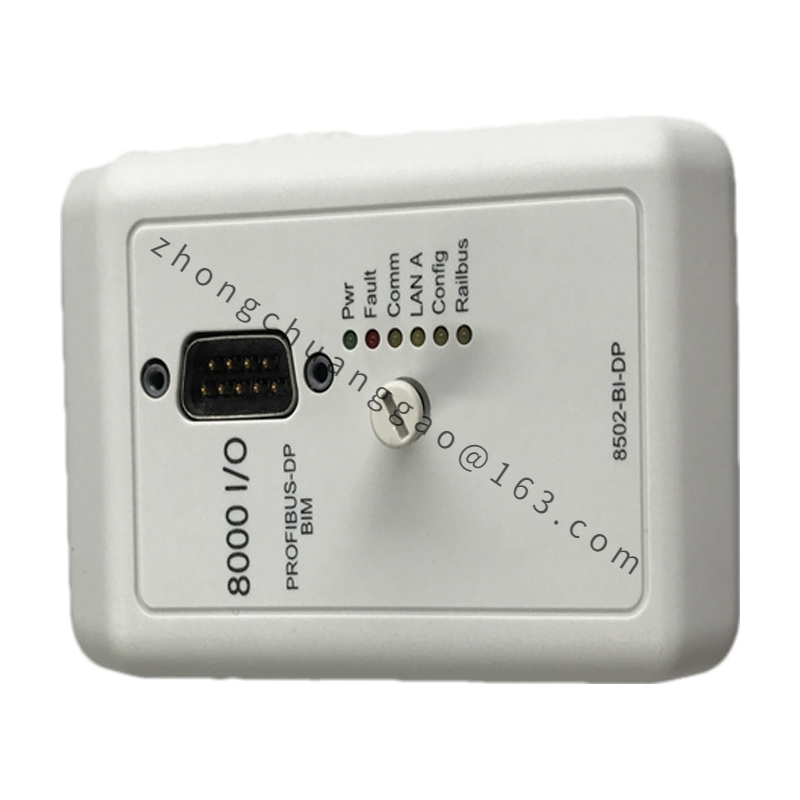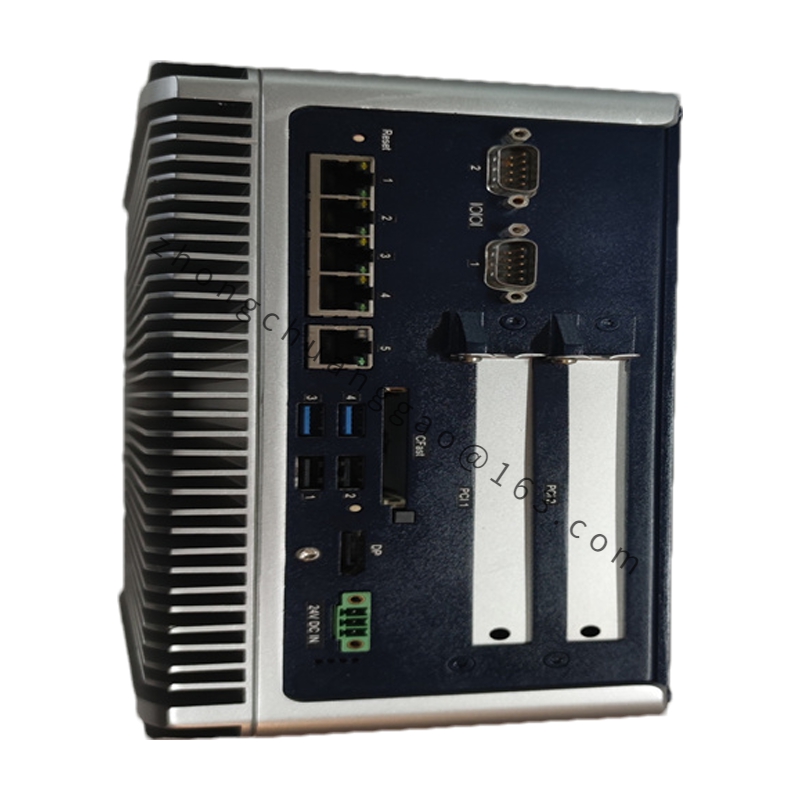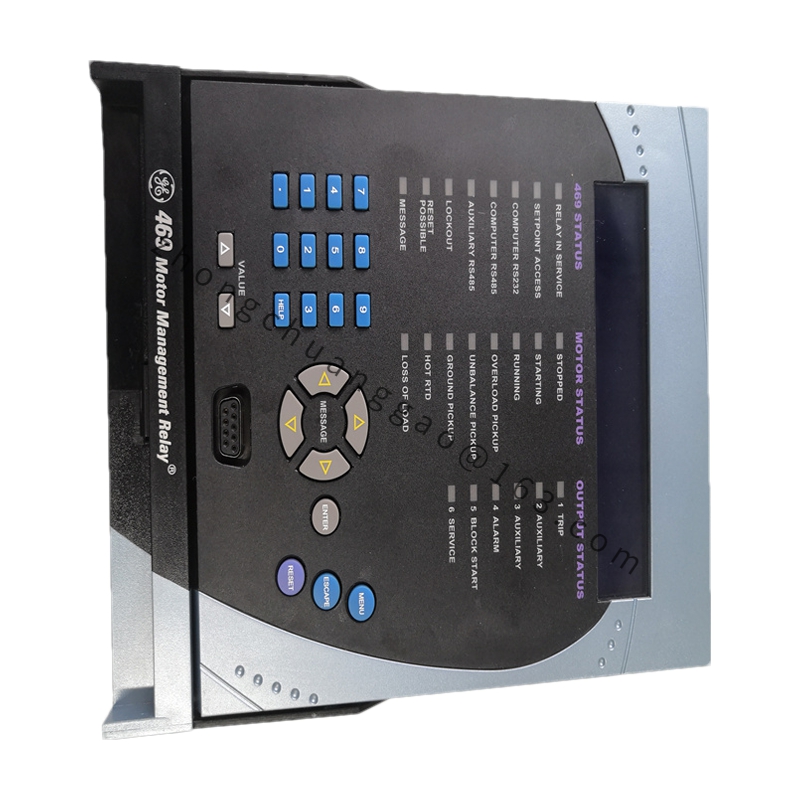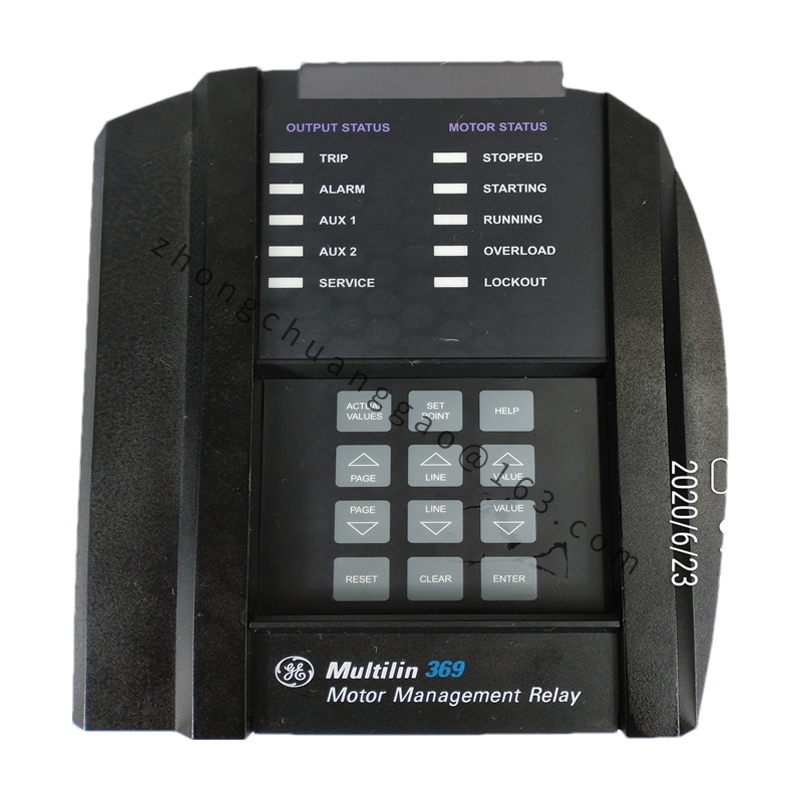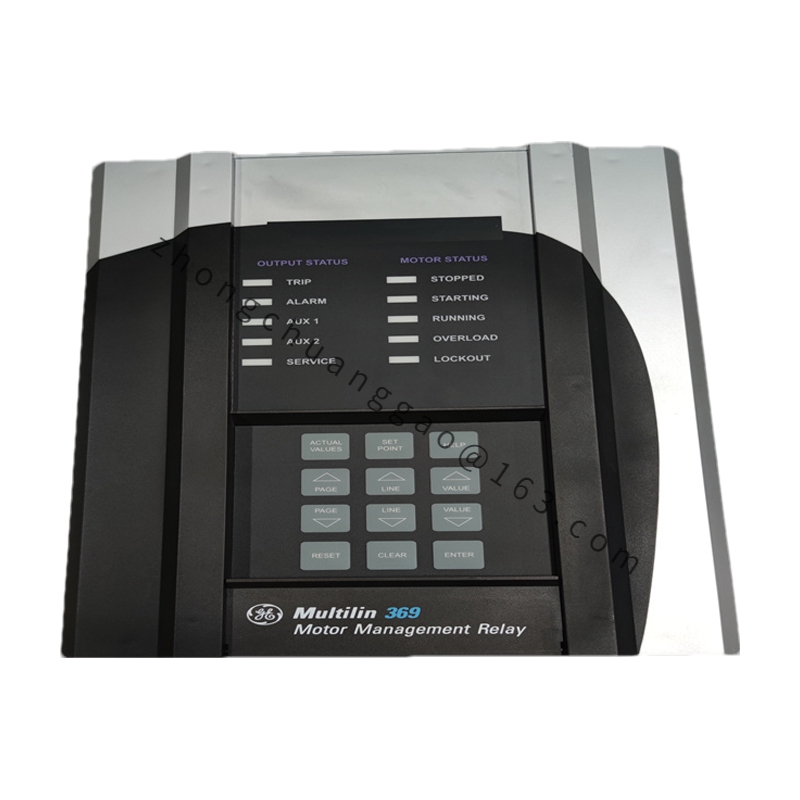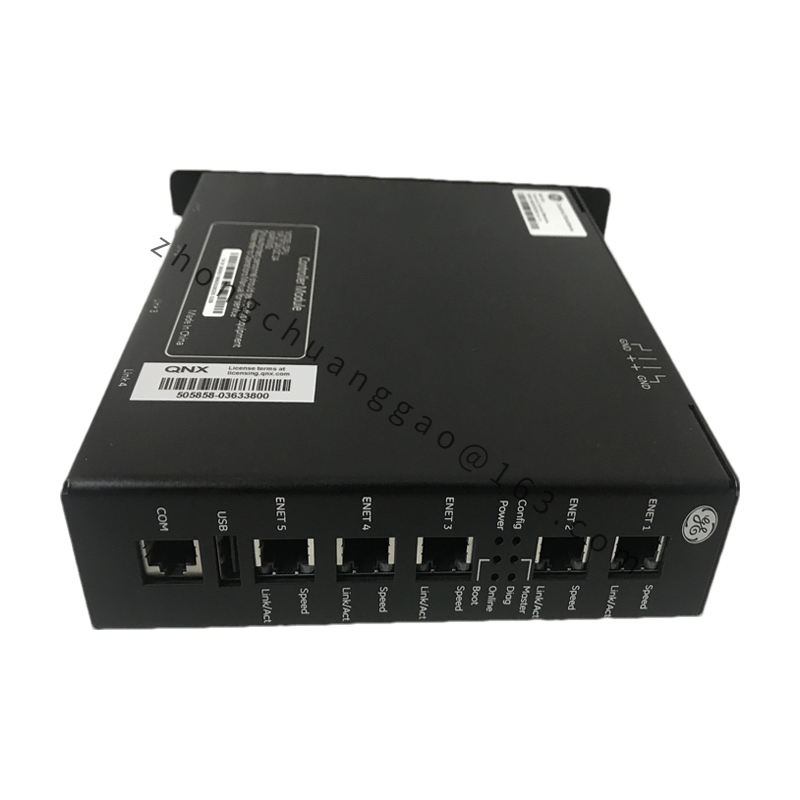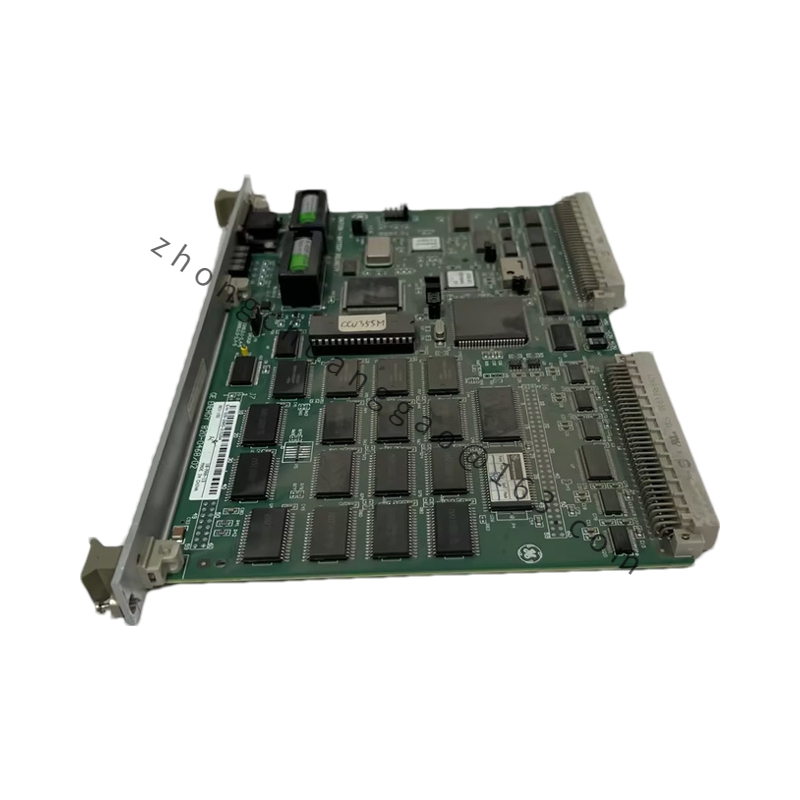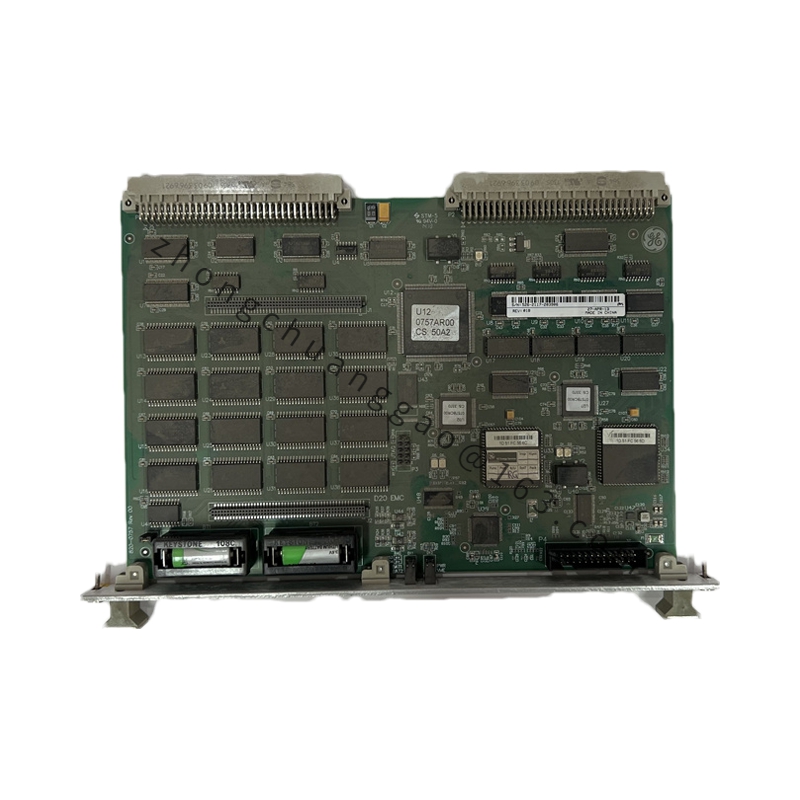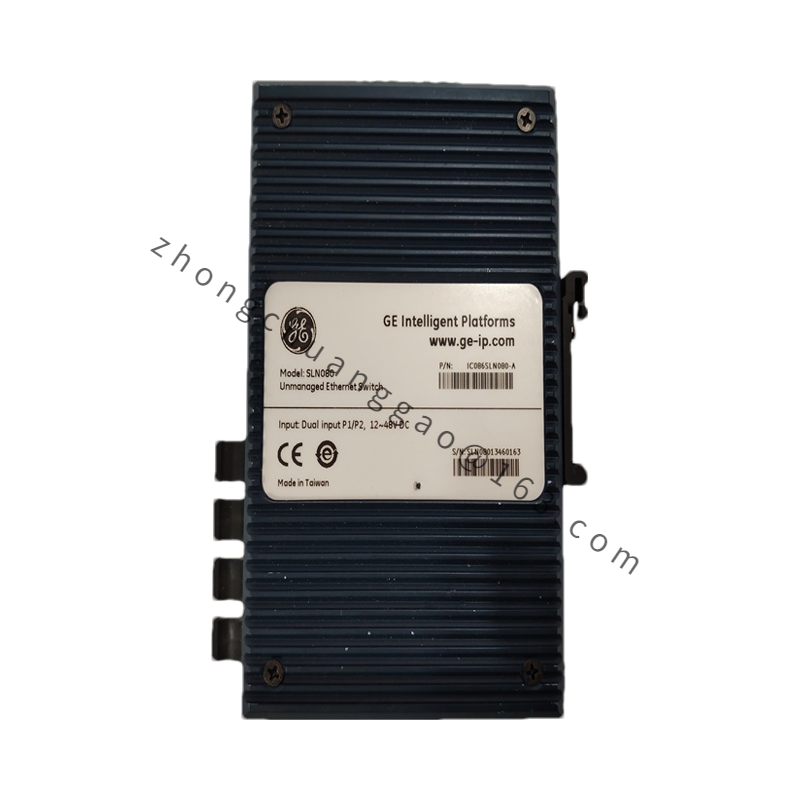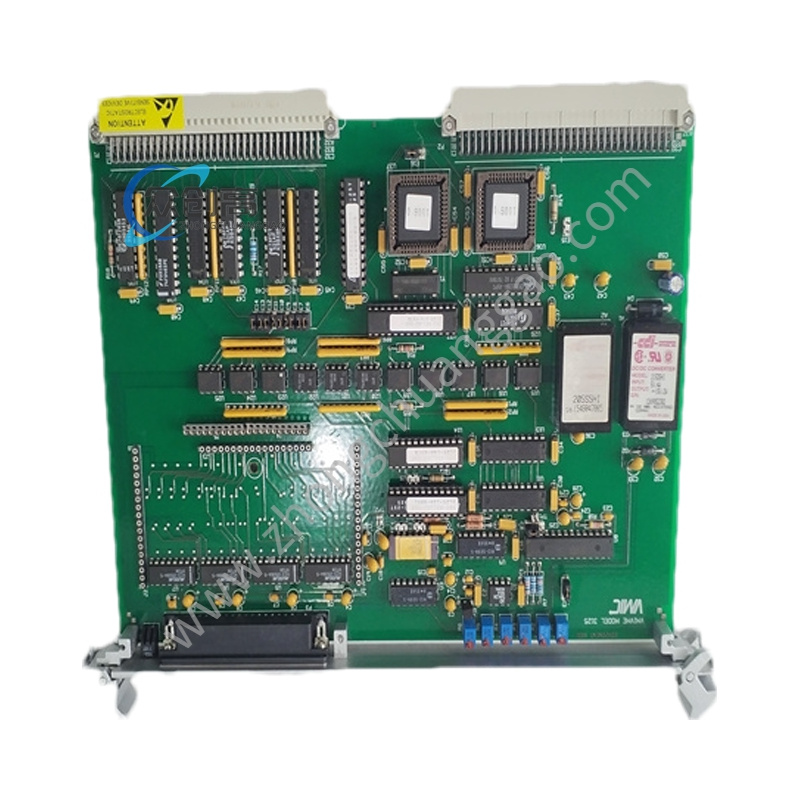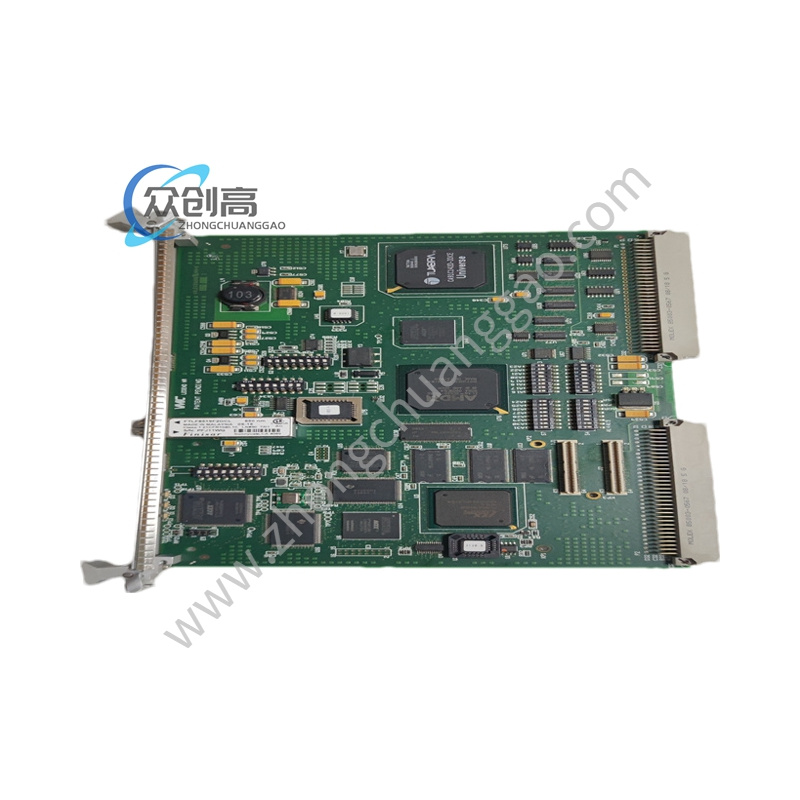Detailed content
Technical Specifications
- Model: URRHH
- Type: Universal Relay Module
- Functionality:
- Provides relay outputs for controlling external devices.
- Designed for a range of switching tasks in industrial environments.
- Power Requirements:
- Voltage: Typically operates on standard industrial power supplies such as 24V DC or 110V AC. Exact voltage requirements should be confirmed in the module’s datasheet.
- Power Consumption: Specific details about power consumption are outlined in the technical documentation.
- Physical Specifications:
- Form Factor: Typically mounted in standard industrial racks or control panels.
- Dimensions: Adheres to the dimensions specified for relay modules in the series. Details can be found in the module’s technical datasheet.
Features
- Relay Outputs:
- Equipped with multiple relay output channels for controlling various types of external devices.
- Capable of handling different electrical loads, including high-current applications.
- High Reliability:
- Designed to operate reliably in harsh industrial environments.
- Includes features to mitigate the effects of electrical noise and other disturbances.
- Modular Design:
- Easy integration into existing control systems.
- Modular design supports flexible system expansion and configuration.
- Versatile Applications:
- Offers flexible relay control options suitable for a variety of industrial tasks.
- Can be configured for different types of switching operations.
- Communication Interfaces:
- Features interfaces for connecting to control systems and other modules.
- Supports industry-standard communication protocols for effective data exchange and system integration.
Applications
- Industrial Automation:
- Used for controlling machinery and equipment through relay outputs.
- Ideal for manufacturing, production lines, and process automation systems.
- Process Control:
- Applied in process control systems to manage relay-based switching of equipment and processes.
- Enhances control capabilities with precise relay operations.
- Energy Management:
- Utilized in energy management systems to control electrical loads and devices.
- Supports efficient management and distribution of energy resources.
- Building Automation:
- Integrated into building automation systems for controlling various systems such as lighting, HVAC, and security.
- Suitable for commercial and residential applications requiring reliable relay control.
- Remote Control:
- Provides remote control capabilities through relay outputs for external devices.
- Supports remote monitoring and management of control systems.

